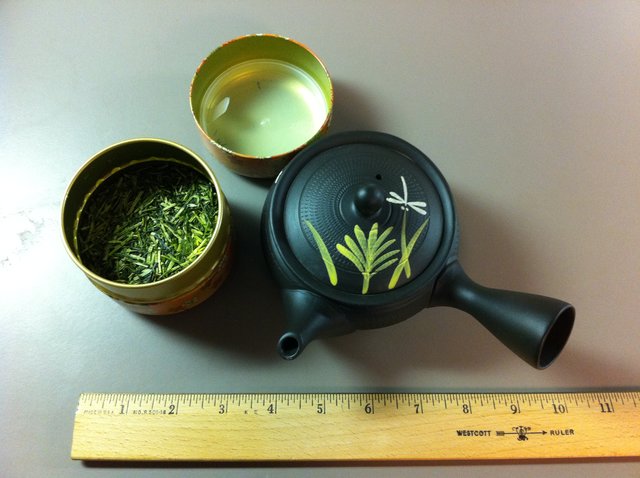I still don't see much use from a basic TDS meter beyond getting a
vague idea of whether the water is hard or not. (by observing low tds + no visual cloudiness (since tds meters do not detect macroscopic particulates you must use your eyes for things like rust color-iron oxide--)
The only thing you really get to know from that thing is roughly how much organic/inorganic substances are
actively conductive in the water.
These things could be almost anything...some obviously tasting better then others. Some welcome and natural, some pretty sketchy and hazardous.
one water with tds 200 but high % calcium will taste very different from water tds 200 with a higher % magnesium
Should note also that any substance not charged will not be picked up (which is a lot of stuff). Also conductivity rises as temperature rises. Pure water rises in a rather linear way. Spring water and tap all have different types of ions, so the rate of the change/degree can vary water to water. This will throw off the accuracy of cheaper meters if you can not adjust or change the temperature coefficient and you use the meter with a variety of waters.
Sorry, in short...I don't like



